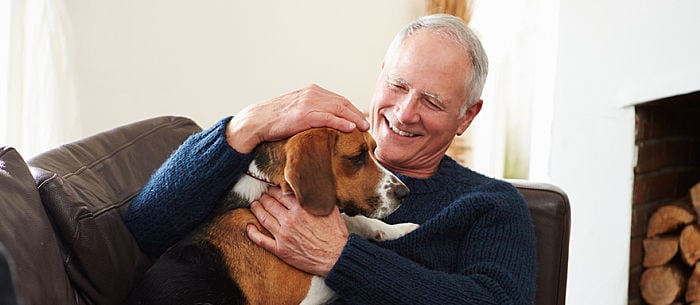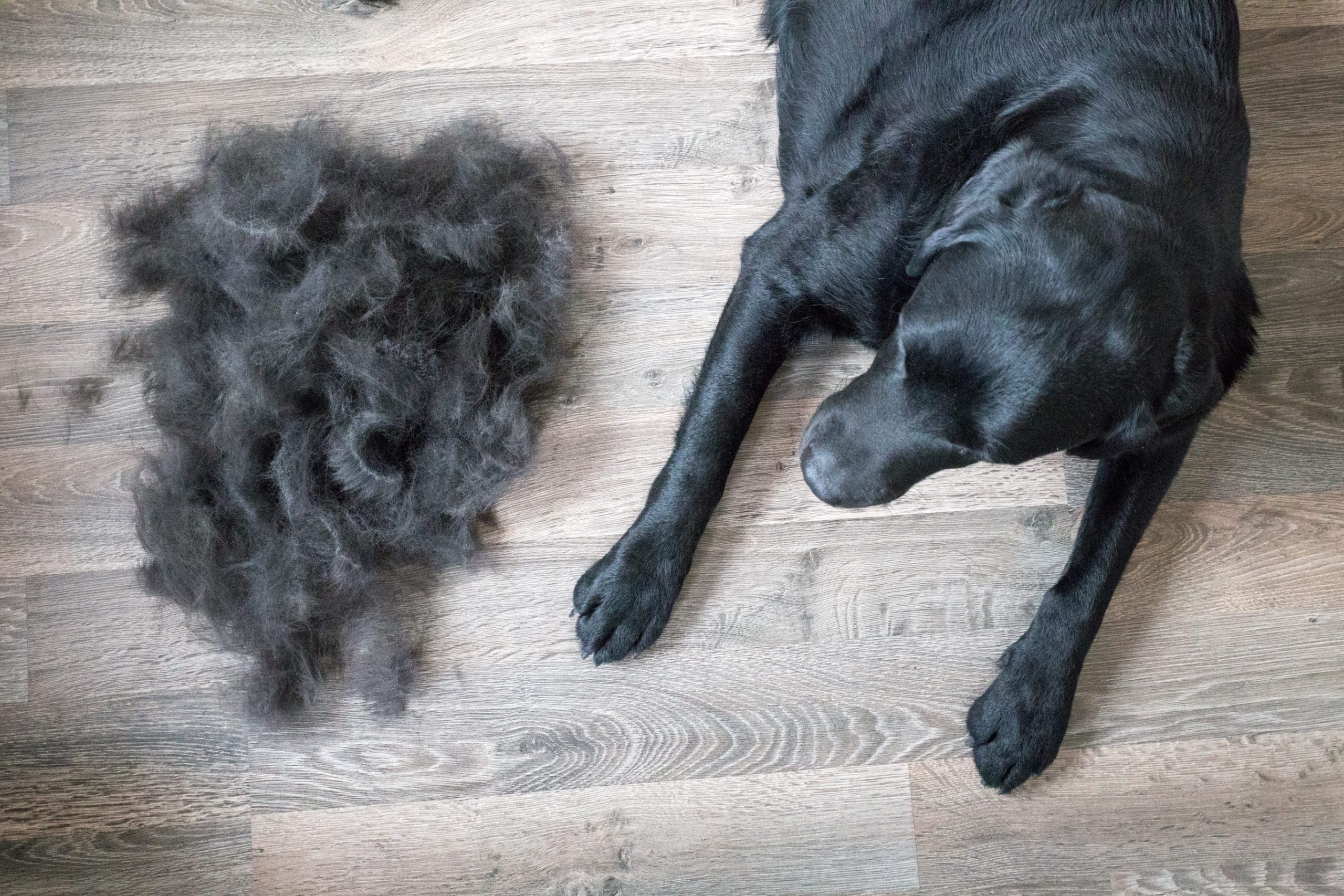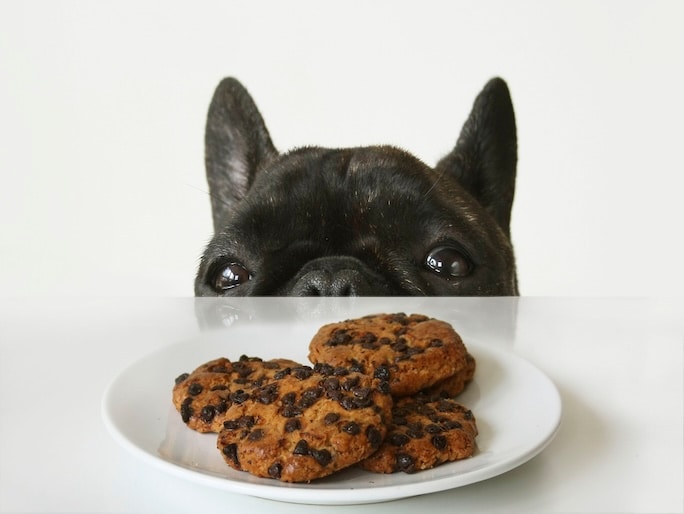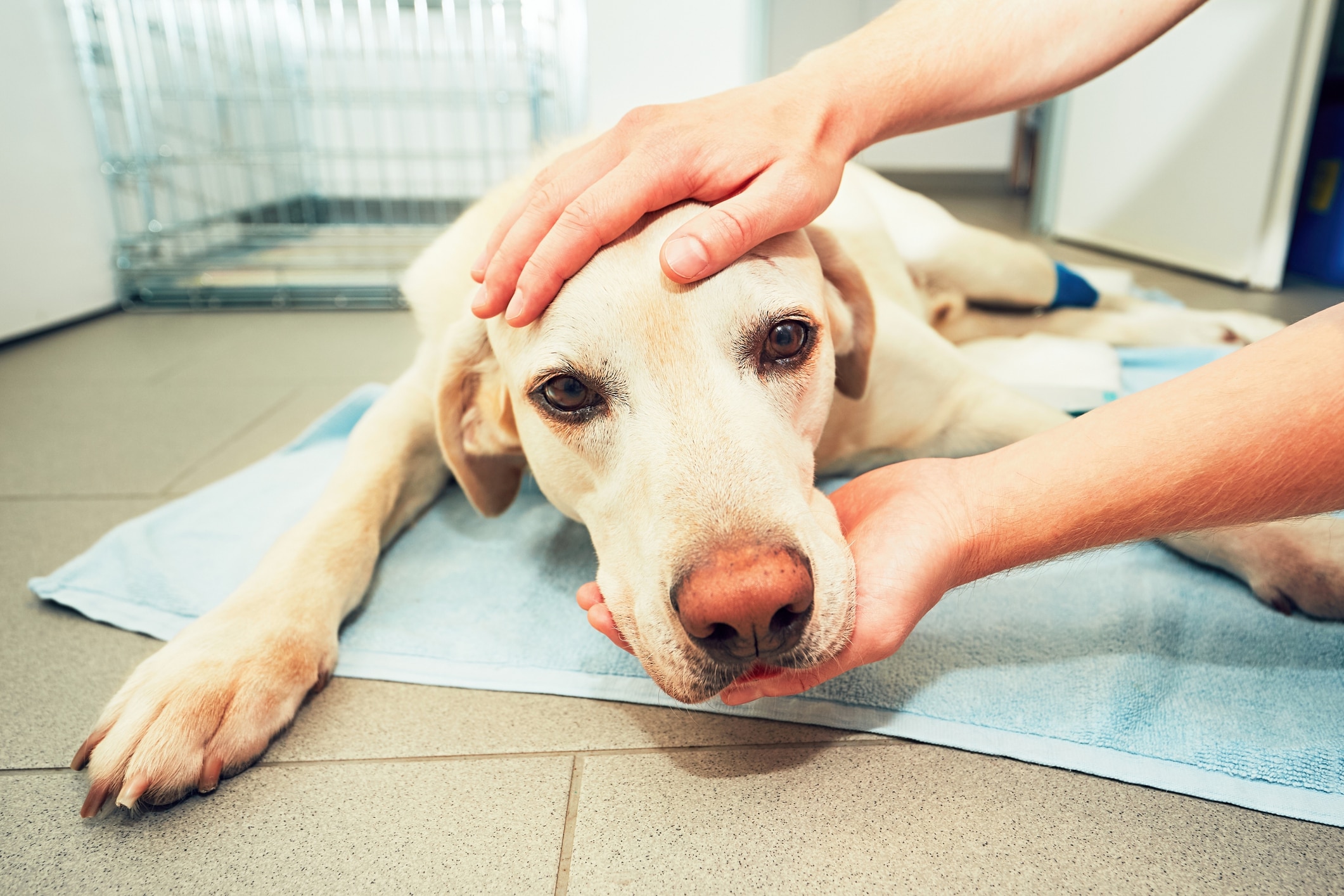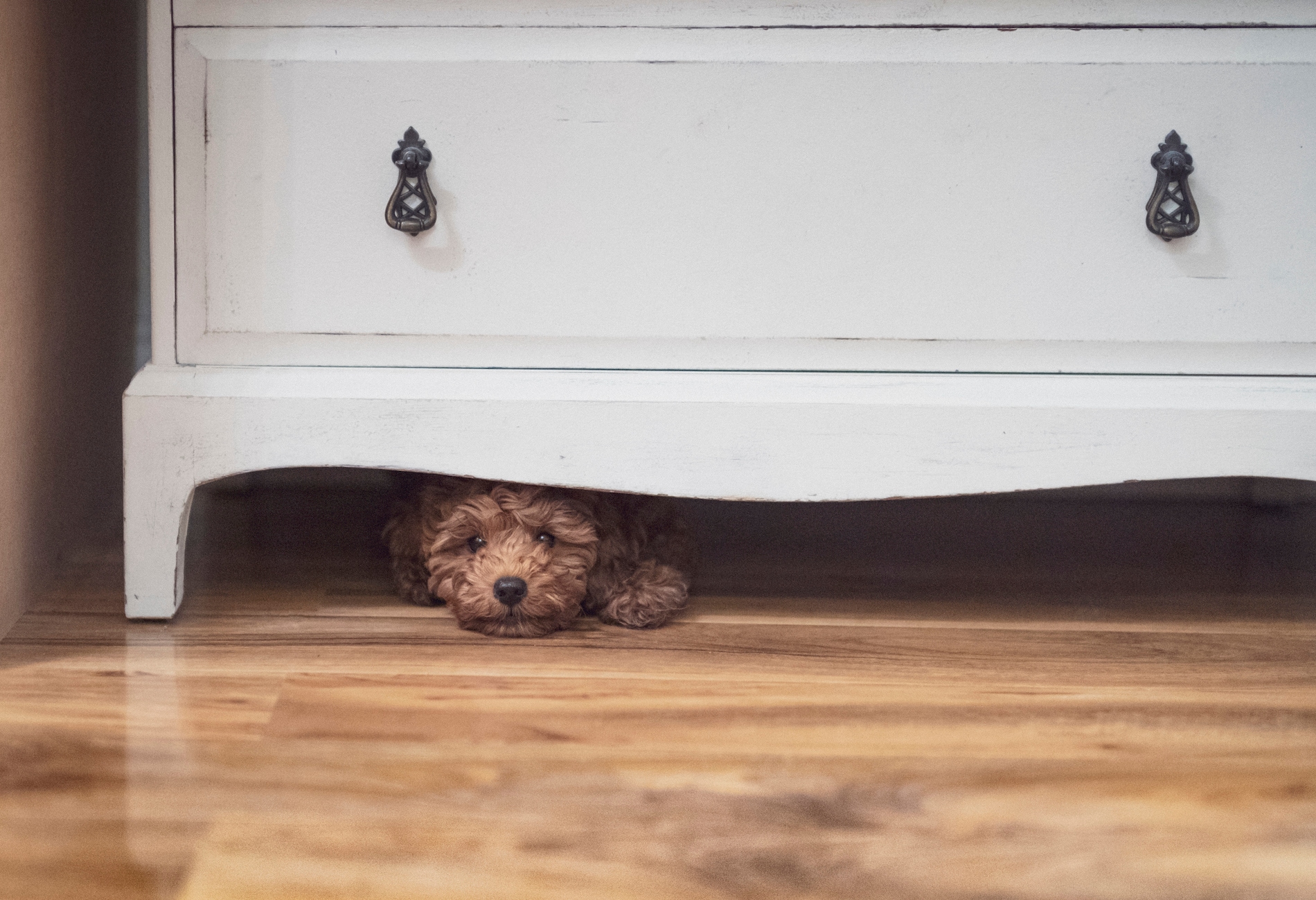You’re relaxing on the couch with your dog curled up next to you. All is well until you absentmindedly rub behind your pet’s ears. Wait a minute — is that a tick? A dog cyst? Is it a tumor? Should you worry?
Vets say the short answer is yes, there may be some cause for concern. But don’t panic. Instead, get the answers and help you need. “All new lumps on dogs should receive an examination from your veterinarian,” says Dr. Jennifer Koehl, a practicing vet. “Some cancers are terrific pretenders and can ‘feel’ like fatty tumors or appear benign. A veterinarian can assess the size of the tumor or cyst and its attachment to underlying tissue.” That way you’ll know what you’re dealing with.
A visit to the vet is warranted if you or the groomer spot a lump, agrees veterinarian Dr. Chris Bern, who says the vet visit is “the best route” to assessing your dog’s health. “Your vet can take just a few cells and tell whether you are dealing with a dog cyst or whether you need to send the sample out for a full biopsy,” says Dr. Bern. “In some cases, you can have your answer in just a few minutes.”
Does a cyst mean cancer?
If you get the news that your dog has a cyst, take a deep breath. “A cyst is a cyst and a tumor is a tumor,” explains Bern. “They are not the same thing.” Cysts are caused when the dog’s body has a small hollowed-out section that then fills with fluid or other bodily material, causing the section to get larger. Tumors, on the other hand, begin when cells start to divide for unknown reasons.
There are many types of cysts, each with their own causes. Unlike cancer, a cyst won’t spread to other parts of the dog’s body. However, it may become larger, especially if the cyst continues to secrete fluid. It is important to keep the dog from biting or scratching at the cyst. While cysts aren’t infectious, Bern notes that any time the dog breaks the skin open, there is risk of developing an infection.
Types of cysts in dogs
Here are 5 types of dog cysts that are not cancerous:
1. True
True cysts are small hollows with a lining that secretes fluid. Bern says these are often found in the sweat glands, but they can be found in other glands and elsewhere in the body. You can’t really prevent these from forming, but you can get the cyst removed if necessary, or your vet can destroy the cyst’s lining to keep the cyst from forming again. Some breeds and some dogs are more prone to true cysts.
2. Follicular
As the name implies, follicular cysts, also known as epidermoid cysts, develop around hair follicles. These types of cysts can lead to secondary infections. As with true cysts, certain dogs — and certain breeds — are more prone to this type of cyst than others. They can look like large pimples or blackheads. When they do, they are called “comedones.”
3. Sebaceous
Sebaceous cysts are also associated with hair follicles, but these cysts develop in the sebaceous glands in the skin. Like follicular cysts, these are prone to secondary infections. Bern explains that the fluid inside can congeal and appear as a white or creamy cheese-like substance.
4. Dermoid
Dermoid cysts are congenital and form long before birth. For instance, dogs can develop dermoid cysts when the epithelial lining didn’t seal properly in the embryo stage. Your dog may be fully grown before you discover this type of cyst.
5. False
False cysts develop around an injury. These cysts are filled with fluid but do not have a secretory lining. They occur when cells die and liquefy inside an injury. These cysts don’t tend to grow larger.
How do you treat your dog’s cyst?
In some cases, your vet may encourage you to leave the spot alone and let the dog’s body deal with the lump on its own. In other cases, the vet must remove the cyst and drain any fluid before it will heal. In situations where the cyst has become infected, your dog may need an antibiotic.
Can you prevent cysts?
“There really is no way to prevent all cysts,” says Bern. “Some breeds are more prone to cysts than others. The best way to prevent cysts are to prevent injury as much as possible and to talk to your vet as soon as you notice a problem.” If the lump turns out to be a cancerous tumor, you’ll then have to proceed a step at a time under the advice and care of your trusted vet. Generally a dog cyst isn’t fatal, so your best buddy should be wagging his tail in your life for a long time.
If your vet determines that what you think is a cyst is actually cancer, then talk to them about the best course of treatment. But it is most likely that lump you feel on Fido is just a cyst.
Still worried? Take a look at these 12 Common Dog Cancer Symptoms.
Shellie Braeuner is an award-winning children’s author. She earned her master’s degree in education from Vanderbilt University in Human Developmental Counseling and has worked as a nanny for more than 25 years..
